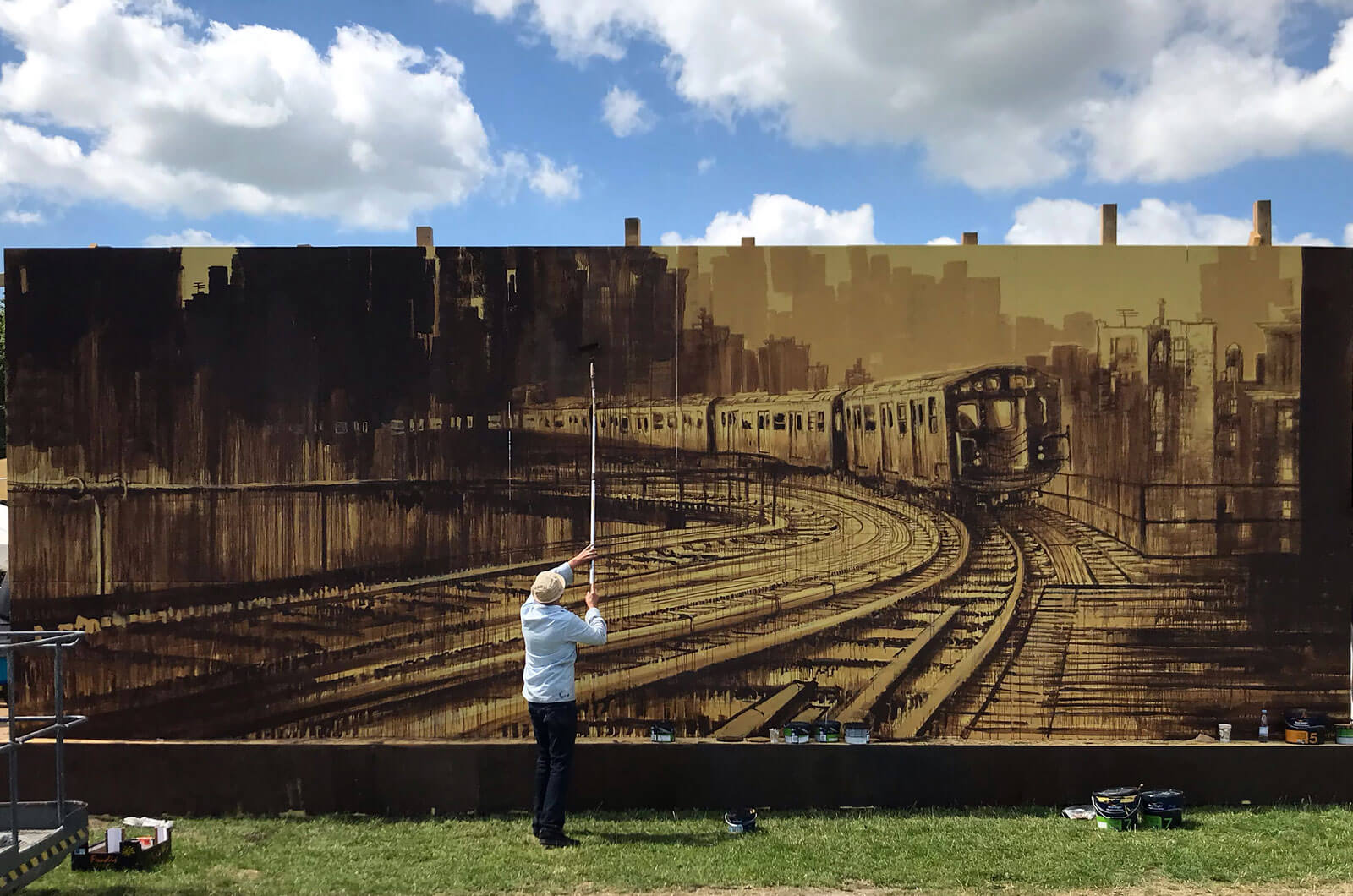
We had wanted to interview CMP One for a long time and finally, we were able to sink our teeth into the story through the eyes of a pioneer of the Danish scene who since 1984 represents his hometown Næstved, in southern Denmark , and has been promoting Hip hop culture inside and outside of his city.
Tell us a bit about your beginnings, how the scene was orchestrated in your hometown, the relationship with Copenhagen and, by extension, the rest of the world.
Without fully understanding what this new street phenomena hip-hop was about, I totally fell in love with this amazingly strong expression when I first experienced it in 1984. Everything was so new and fresh. In a way it felt as if I had been waiting for it for such a long time and it definitely changed my young life.
The same year, I met Spino5 in a bboy break battle and immediatly we became friends. Spino5 convinced me that we needed to get involved in the graffiti writing culture. By 1986 the whole scene had pretty much died out in my hometown, but somehow we managed to still carry on. One night in 1989 we decided to produce Denmark’s first graffiti magazine, ”Fantazie”. The idea with this underground black and white photocopied magazine was simply to build a network and to really connect with people in the scene. We also wanted to give away the first issues of this very primitive magazine but announce our addresses with the text ”price: 3 pictures” on the back.
So, when we heard about a RUN DMC concert in Copenhagen it seemed like a good opportunity for us to push the magazine. Even though that the Danish scene wasn’t expecting the publication, it somehow represented a new voice for many writers and the interest became wild. We received thousands of photos, the magazine travelled from one hand to the next hand, from one country to the next country and by 1990 we realized that we had managed to build our own network.
One night Spino5 called me with the news that he had just received a letter from PJAY with developed photos of an old SEEN PJAY wholecar and a new SEEN ZOOM wall. Wow! We never expected anything like this to happen.
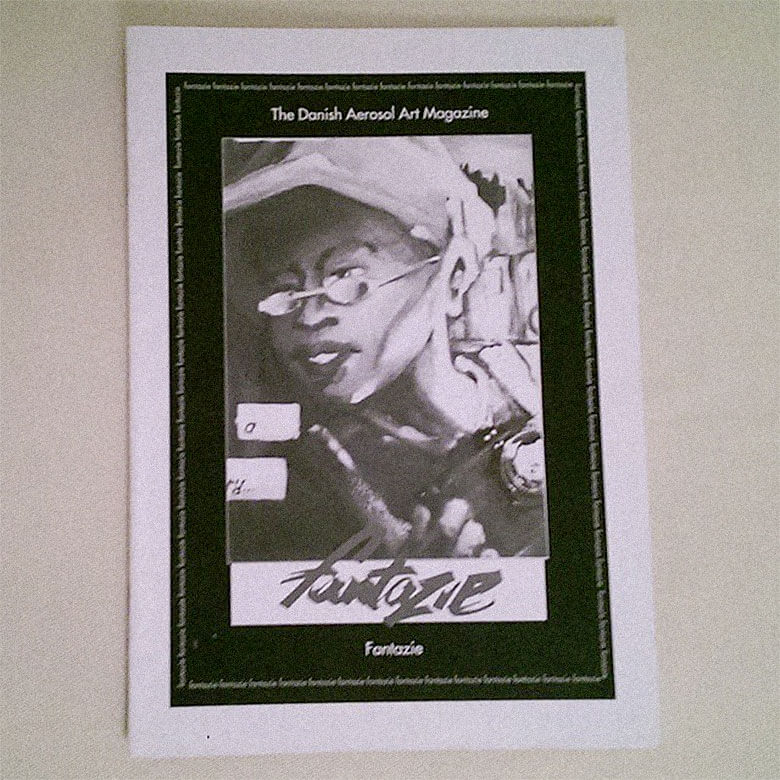
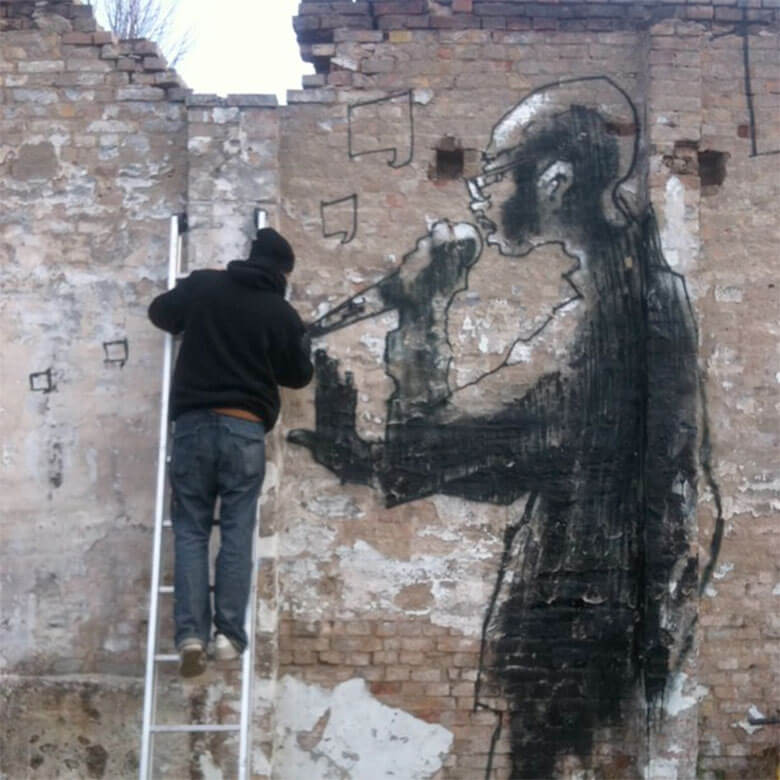

Your art teleports us to scenes and situations that we can only relate to from a distance, and they are tinged with a vibrant nostalgia — where does this interest come from?
Almost every painting I do somehow is a tribute to this culture. Especially a tribute to the early scene in New York. And yes, I certainly paint these images with love, respect and gratitude, I guess the right word for all that is nostalgia. I feel so lucky that I got attached to this as a young teeanager and sometimes when I paint, I manage to revisit the feelings I had when I first got into this. It sure has become a concept for me.
Tell us about how important music is to your art.
Music is VERY important for me when I paint. Sometimes, I put together a playlist often starting with jazz moving on to funk, electro funk, carefully selected rap and then back to some nice jazz again. Finding your inner self being connected with the right tunes while painting is one of the best things I know in life.
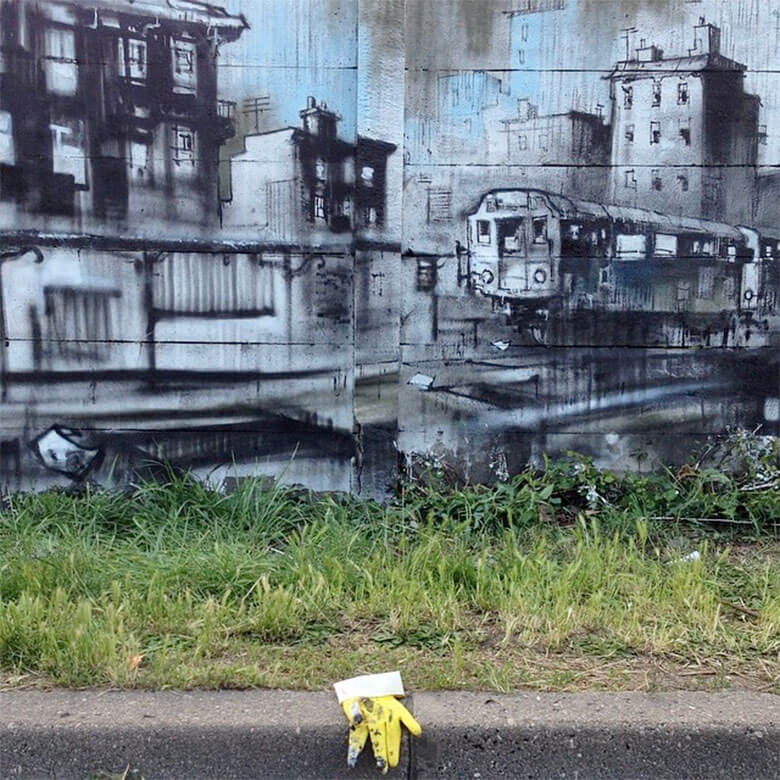
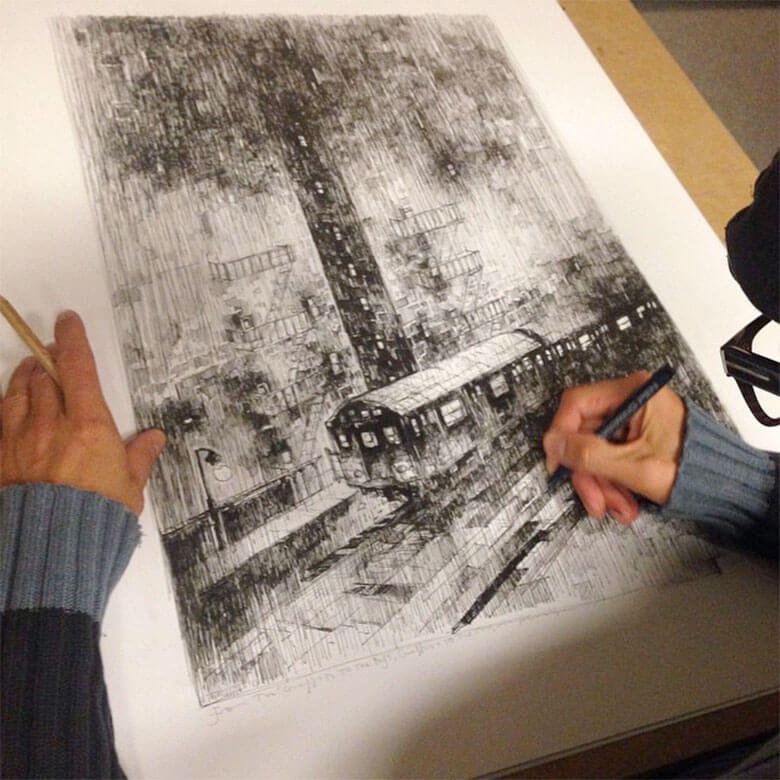

We’re also impressed because many of us have grown up with your art, and those of us who weren’t lucky enough to see it live have been amazed by your technique. Why the use of markers?
Thank you! It means a lot! For at least 20 years I have focused on appraoching my paintings as big drawings or sketches. Like when we painted the walls in that restaurant in Copenhagen in February 2019, using black markers as the final lines was such a joy. Actually it always is if the conditions are right for it. So yes, I love markers. And back to the nostalgia, my first real graffiti tool was a so-called click marker or paint marker. Of course, I use them very differently now and even the really worn out markers are super useful.
What do you think of the hip-hop scene nowadays, and graffiti in particular?
It’s really different from when I first started and maybe sometimes I might not fully understand all the new methods and trends. But still I enjoy seeing and following the ongoing development of this movement. I also enjoy the fact that, by the end of the day, it’s all about the name. It’s all about having good people around you, building a strong and great crew and then learning from these people. In the end, that’s what helped me define myself and therefore find my own way in the culture.




What’s a spot that you’ve most enjoyed painting, and why?
Thats pretty hard to answer, but I clearly remember painting in The Freedom Tunnel in New York with Spino5 and Swet. It became quite special for us for reasons that will remain secret!
Ok, ok… Tell us about the “Urban Discipline” era with Dare.
In a very adventurous way, we met Dare in Basel in 1994. Since that very first meeting he has played a major role in my life and the way that I look at graffiti culture. I will always remember the many, many, many talks we had and how he would always inspire me to do better. One day he called me up saying that he had askedDaim and the Getting Up team to get me in the Urban Discipline show in 2002. In so many ways I owe Dare so much. Most of all for being such a good friend.
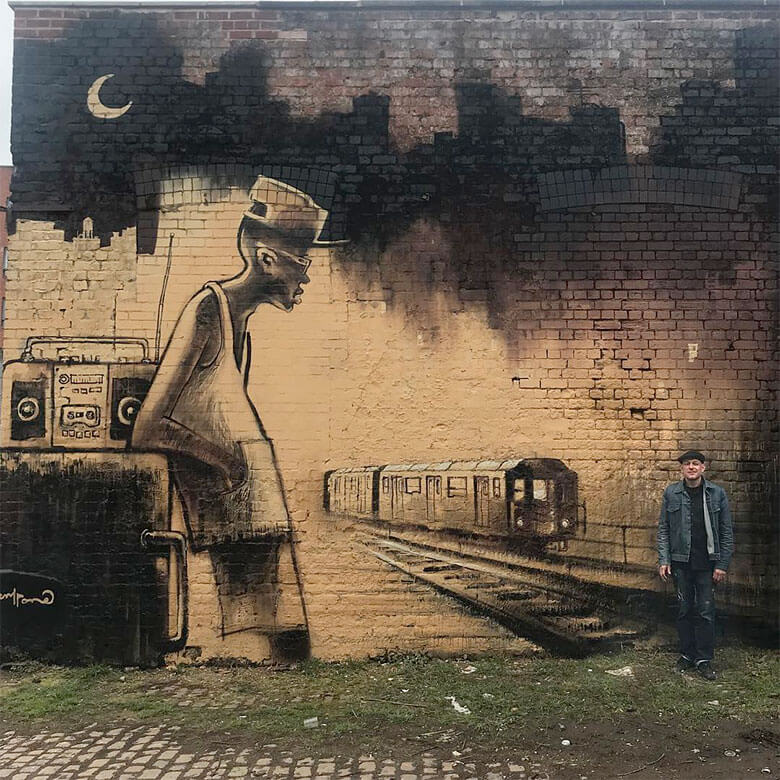

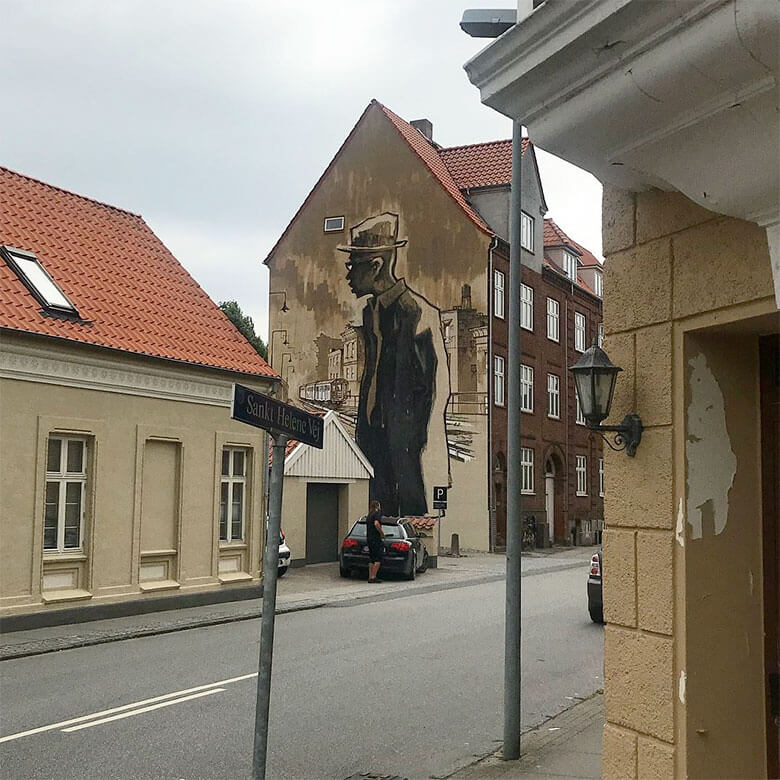
How did the relationship with Os Gemeos come about?
Spino5, Swet and I met them the first time in Munich in 2000. We were having dinner with them in a cool youth club in the middle of the city. At first it was just a quick hello but the following years we also ran into them again in Lisbon and Hamburg. Many years later, in 2015, we invited them to do a mural in Næstved, and it was so good to meet again and realize that they were just as cool and hip-hop as the first time we met.
We have the impression that your personal and work life cross over quite a bit, and that on a really passionate level you’ve established yourself as a standard bearer of hip-hop culture. How did you get into being a cultural manager?
Truth is, my engagement in the local youth culture has had a major impact for me working my way into the municipality. For 15 years I have worked at Næstved Youth School and I am head of the Project laboratory department. Using hip-hop disciplines is a strong teaching tool that very often produces big effects. Together with a great team, I organize a long list of different cultural projects – all of them with the mission of giving young people greater learning experiences.

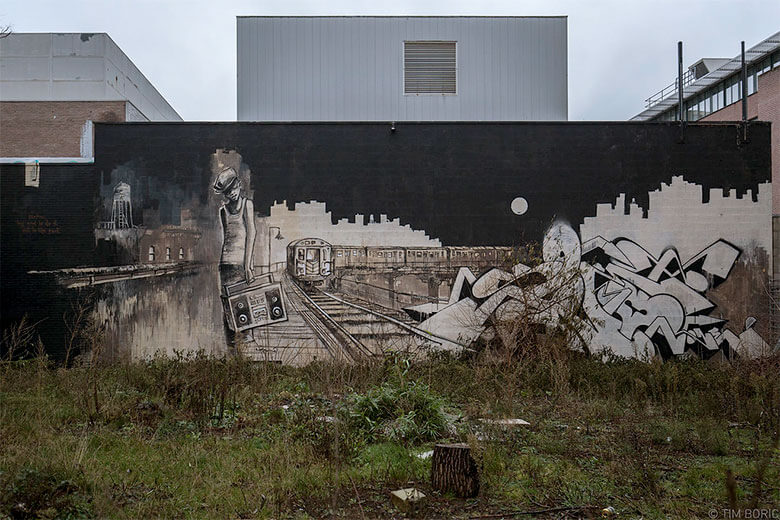
Can you tell us a bit about the festival that you organize in Næstved?
First of all, THANK YOU Musa for joining us at the Næverland Festival 2020!
The Næverland Festival is an urban festival organized by a cool group of young people and my team including Swet at the youth school. Since 2013 we have invited musicians, DJs, artists and dancers from all over the world. The last years Skeme, Tkid and Freedom did amazing artist talks and painted with all the local heroes. All in all, it’s really a great project giving the young people true feeling of ownership.
What are the advantages/disadvantages of working in a small town? Considering culture is so necessary, how has the COVID-19 pandemic affected cultural management?
I have realized that a strong team can really make a difference in a small town. On the other hand, producing urban projects in a small city sometimes can be a problem. About the covid’ situation, thinking in new ways has been a necessity.
What projects are you working on for the future?
Right now Swet and I are trying to find more time working on and in our new studio. Other than that, the main plan is to maintain what we are doing. Also, I hope to finally start on my own book project within the next year.
Who are the people that influence you, and how do they do it?
The old masters in the game have always influenced me – most of all because of their history and the way they managed to create something out of nothing. I have always considered that extremely inspirational.
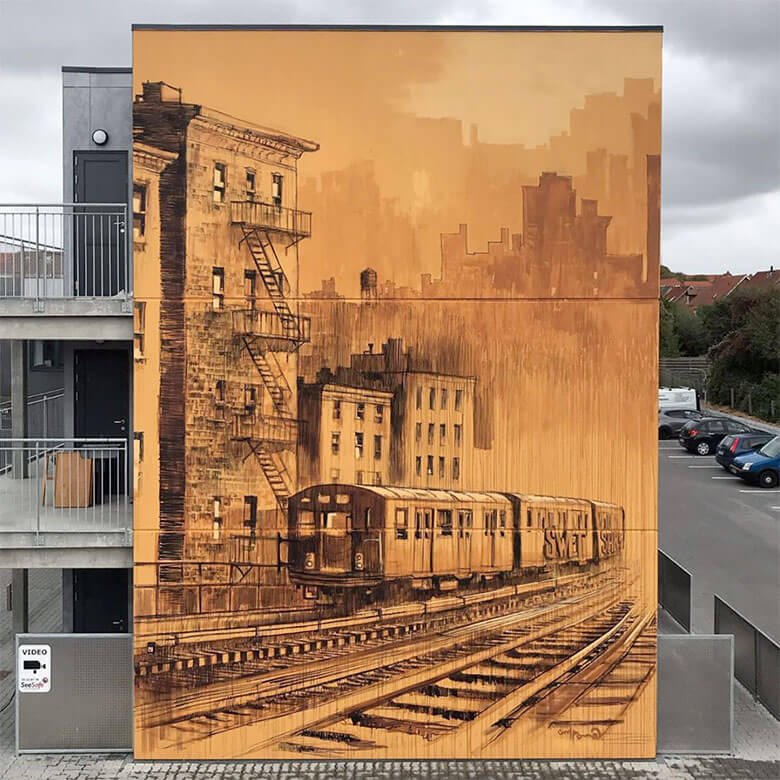
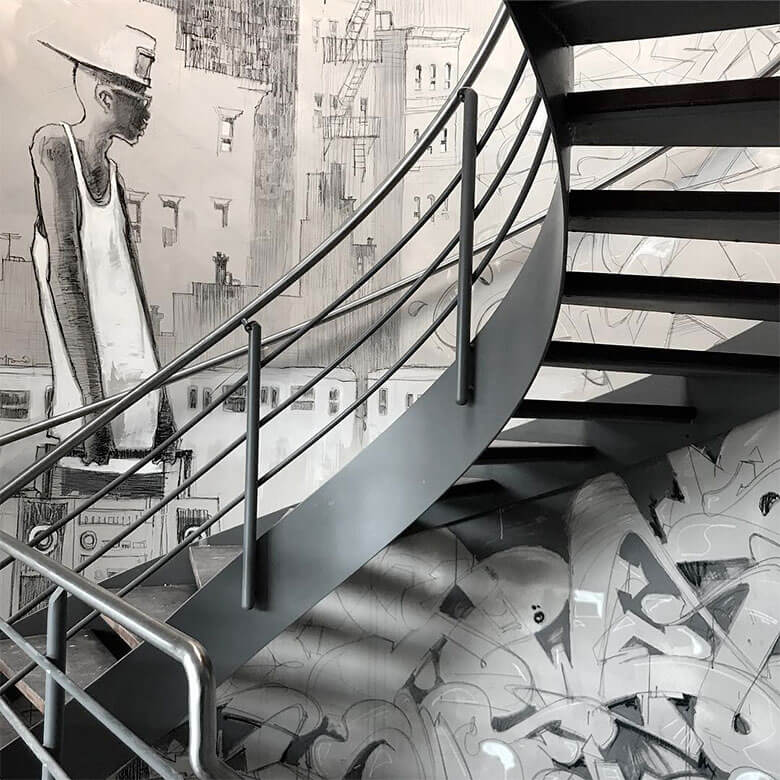
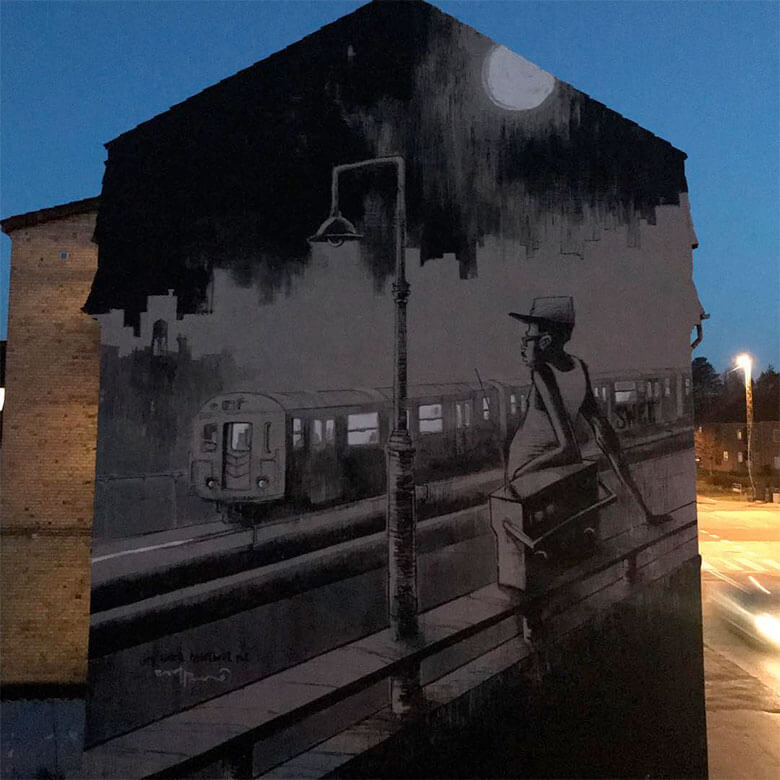
2 What do you think?
Add a comment